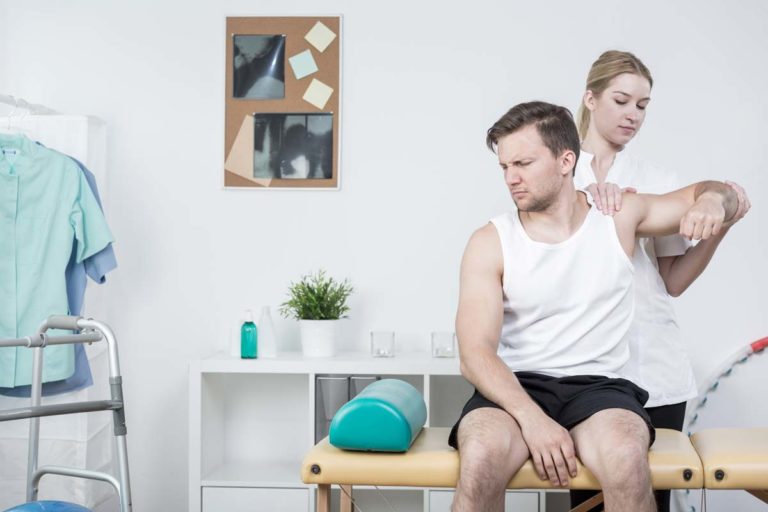High Volume (HVI) and Tendon Stripping Injections (TSI)
What is it?
Both High Volume (HVI) and Tendon Stripping (TSI) injections involve the injection of fluid into a space to separate out tissue that maybe either adherent (stuck) to each other, or where one is contributing to the pain and inflammation in the other. By separating it out, it allows the tissue planes to sit next to each other but without causing symptoms.
What does it involve?
Both injections should ideally be undertaken using ultrasound guidance so that your clinician can see exactly where they are injecting the solution and hence avoid it spilling into areas where it should not. Your clinician will usually guide the needle while their assistant helps with the injection and maintains pressure.
There is usually a mixture of saline, local anaesthetic and sometimes steroid (although this is not usually used in tendon stripping). The anaesthetic is usually injected first to help with pain symptoms.
What can be treated?
HVIs can be used to help with pain associated with a bursa or where tissue has become stuck down, such as in the shoulder or around the knee. TSIs are more commonly used for patella or achilles tendons where the surrounding tissue is inflamed and contributing to the pain symptoms.
What are the benefits, risks, and side effects?
Benefits include reduction of pain and an improvement in function.
Risks include those common to all injections which are infection, pain and bleeding at the injection site.
Common side effects include a temporary flare of the pain (typically 48-72 hours), thinning and whitening of the overlying skin, there can be a temporary increase in blood glucose, gastric irritation and for women there may be a change in the menstrual cycle or spotting afterwards. There can also be tightness and stiffness in the tissue due to the volume used. Others are possible but these need to be discussed on an individual basis.
What do I need to do afterwards?
It is important to offload the injection site and rest from activities for a period of time. Some patients find that a sling can be helpful after a shoulder injection and for other areas a boot and crutches might be needed.
The time frame for recovery may vary on an individual basis, but most people, there is some benefit within 4-6 weeks. Your clinician may advise you according to your own progress and response to the treatment.
What are the common misconceptions?
Steroids, included in the injection, are often given bad press due to the association with body-wide side effects and their close cousin anabolic steroids. While they may share some commonalities, if they are used carefully, with due consideration and careful discussion with your clinician, these injections can be an important step in your treatment with minimal risks to the individual.


